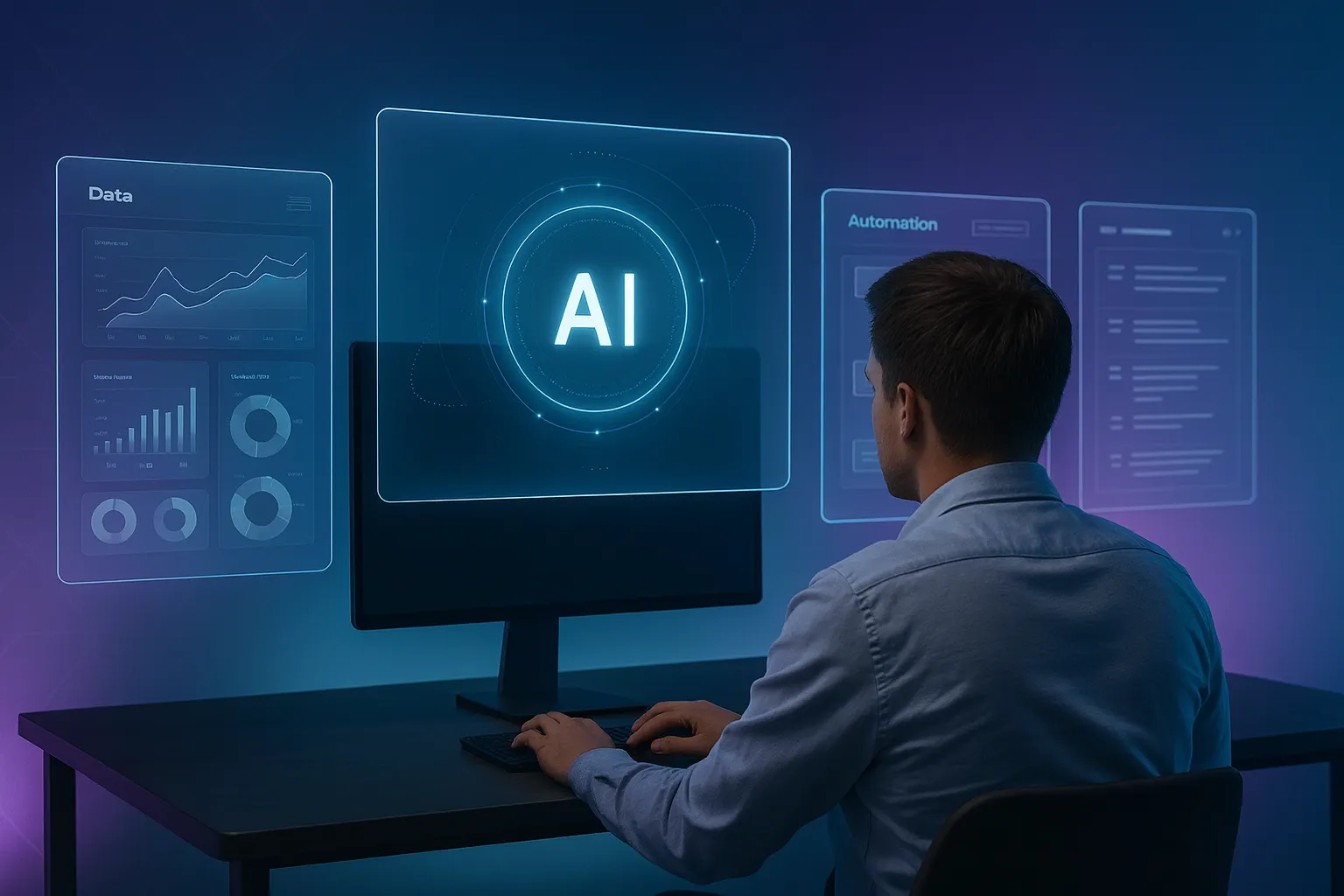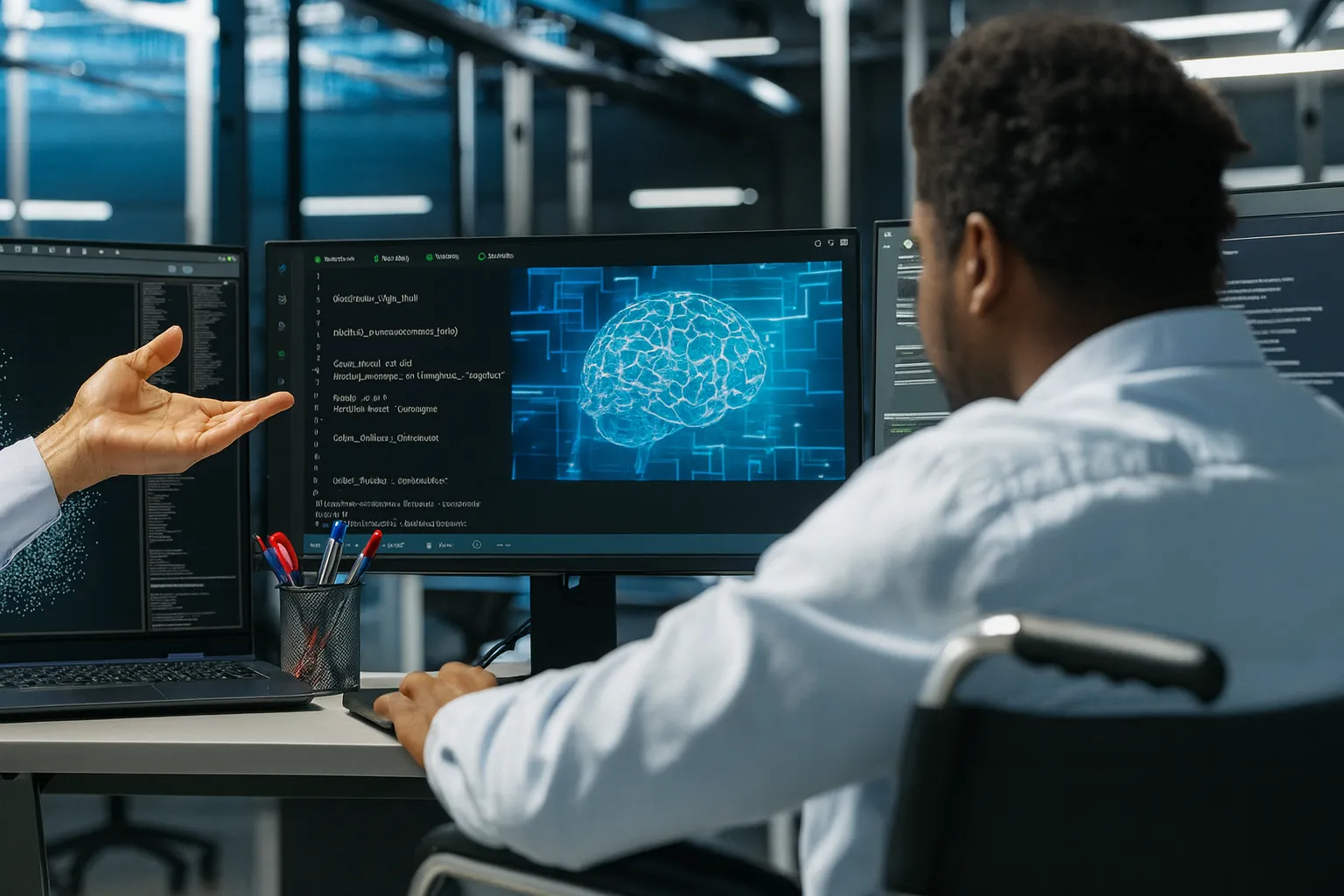What if the beating heart of your enterprise isn’t in the boardroom but buried deep inside a GCC in India? What if the most intelligent digital decisions your business makes are quietly being shaped by teams you don’t even see?
India’s Global Capability Centers are no longer just back-end support units. They’ve become the digital nerve centers of global innovation, fast, strategic, and deeply embedded in transformation. But here’s the irony: even as their role expands, why are so many still clinging to outdated monitoring tools, fragmented visibility, and reactive fire drills? In a world where milliseconds make or break performance, can traditional IT Ops keep pace?
That’s where Generative AI steps in, not just as a tool, but as a thinking layer. By 2025, GenAI is expected to account for 43% of India’s total AI spending. And it’s not just about budgets; it’s about building systems that not only respond but also anticipate, explain, and act. So, how do India’s GCCs unlock this future? That’s what we explore from intelligent runbooks to adaptive command centers powered by GenAI.
The New Operational Mandate for GCCs
GCCs are now a foundational component of enterprise digital roadmaps. But with that centrality comes new complexity. Multi-cloud and hybrid environments generate disjointed logs, metrics, and traces. Siloed toolchains limit visibility across layers. Volatile workloads frequently break constant runbooks. Escalation fatigue from repetitive, low-priority incidents further strains operations.
Traditional AIOps introduced automation in anomaly detection and correlation. However, these systems often lack context, struggle with pattern generalization, and remain confined to rigid rule sets. India's GCCs, managing multi-tenant architectures and distributed global workflows, need systems that go beyond automation systems that learn, explain, and adapt.
Furthermore, as GCCs expand their ownership of business-critical infrastructure and services, the margin for error becomes significantly narrower. Infrastructure health is no longer just about uptime; it’s about real-time adaptability, security posture, and cost-efficiency. This requires operational models to be far more intelligent, proactive, and context-aware than what traditional AIOps can deliver alone.
GenAI as the Cognitive Core of AIOps
GenAI introduces a foundational shift. It doesn’t just observe or predict, it contextualizes and converses. For GCCs, this capability is crucial to turn operational sprawl into synthesis.
GenAI uses language-based analysis to turn messy, multi-source logs into clear, simple summaries. It catches anomalies by spotting shifts from standard patterns. Even tier-1 support teams can now understand system status, no deep tech skills needed. Root cause narratives pull signals from across observability pipelines. They explain what happened in plain language. And they cut MTTR by turning raw data into sharp, actionable insights.
Self-evolving playbooks use historical incident-resolution paths to generate adaptive remediation scripts. These scripts continuously learn from feedback loops, minimizing the dependency on static documentation and tribal knowledge. Embedded conversational interfaces allow engineers to ask real-time operational questions, integrate with internal
communication tools, and act as co-pilots for incident command centers. Contextual memory embeddings remember past decisions, team workflows, and configurations, offering personalized suggestions based on specific GCC architectural choices and improving with each operational cycle.
The inclusion of language models capable of understanding platform-specific logs and infrastructure telemetry brings a previously unattainable level of intelligence to incident analysis. This intelligence is dynamic and nonlinear, adapting to changing environments, system topologies, and operational nuances a must-have for India's ever-evolving GCC footprints.
This is precisely where Parkar’s Vector AI platform shines, enabling such GenAI-powered transformations through its purpose-built operational intelligence engine. With Vector AI, enterprises can unify observability data, leverage context-rich embeddings, and accelerate decision-making across globally distributed GCC environments.
Architecting GenAI-Driven AIOps for Indian GCCs
To embed GenAI into AIOps meaningfully, GCCs must move from proof-of-concepts to architectural rewiring. The focus must be on enterprise-grade scalability, security, and real-time applicability.
The data unification layer should consolidate observability data across tools and cloud providers, utilizing vector databases to store semantic embeddings of logs and traces. The GenAI integration layer can deploy foundation models fine-tuned on internal operational data while using embeddings for query-based retrieval instead of keyword search.
An Ops-as-Code setup defines infrastructure in a clear, declarative way so GenAI agents can
quickly understand it and automate deployments instantly. Add human-in-the-loop
governance, and you get review workflows for every high-risk GenAI decision, with full traceability and audit logs for compliance. Performance feedback loops should capture every interaction as reinforcement learning input, tuning models based on resolution accuracy and engineer feedback.
To scale, this architecture must also support federated inference, enabling GenAI agents to operate locally across multiple environments with privacy-preserving safeguards. This is especially relevant for regulated industries operating under India-specific compliance norms. By doing so, GCCs can embed intelligence close to the data while aligning with
localization mandates.
Human-Centric Transformation: More Than Just Automation
GenAI does not replace operators; it augments them. For India’s GCCs, the real transformation lies in how GenAI changes the nature of operational work. Engineers move from manual triage to strategic orchestration. Operational documentation becomes living, self-updating artifacts. Knowledge silos dissolve as GenAI exposes historical insights in real time.
This shift isn’t just technological, it’s cultural. It promotes a learning-first mindset, where incident resolution enhances model intelligence, and model intelligence, in turn, accelerates team effectiveness.
With GenAI as an intelligent layer, onboarding Ops teams gets a lot easier. New engineers no longer depend only on thick documentation or tribal knowledge. Instead, they work with operational copilots that deliver real-time, context-aware insights. It bridges skill gaps and brings consistency to incident handling across teams, shifts, and locations.
Conclusion
For India’s GCCs, the real question isn’t “Do we need AIOps?” It’s “Is our current model smart enough to scale?” GenAI delivers that missing intelligence, transforming fragmented observability into unified, contextual action. Systems don’t just respond, they learn, adapt, and evolve.
Parkar’s vision for GenAI-powered AIOps is built on this foundation: contextual systems, continuous learning, and operator augmentation at scale. Through Vector AI, Parkar helps GCCs embed autonomous intelligence into their operations, enabling self-healing, future-ready environments.
This isn’t about reducing outages, it’s about reimagining what’s possible. The GCCs that move now will lead what’s next.
Ready to rethink your Ops model? Start with Parkar’s GenAI Playbook and architect your next frontier.
FAQs
1. How does GenAI improve AIOps outcomes for India's GCCs specifically?
GenAI adds context-awareness, enabling faster and more accurate issue resolution within the complex, hybrid architectures common in Indian GCCs.
2. Is GenAI safe to deploy across sensitive IT Ops environments?
Yes, when deployed within enterprise firewalls and governed by role-based access, GenAI can operate securely using internal data embeddings without external exposure.
3. Can GenAI support hybrid-cloud monitoring frameworks?
Absolutely. GenAI thrives in federated environments, synthesizing telemetry across diverse cloud-native and legacy stacks without needing rigid integrations.
4. What changes in team skills when GenAI enters AIOps?
Ops teams evolve into prompt engineers, reviewers, and AI supervisors, focusing more on intent validation and less on manual diagnosis.
5. How long does it take for a GCC to operationalize GenAI-driven AIOps?
Implementation timelines vary, but most GCCs begin seeing operational ROI within 8–12 weeks through focused use cases such as incident triage or knowledge retrieval.
















